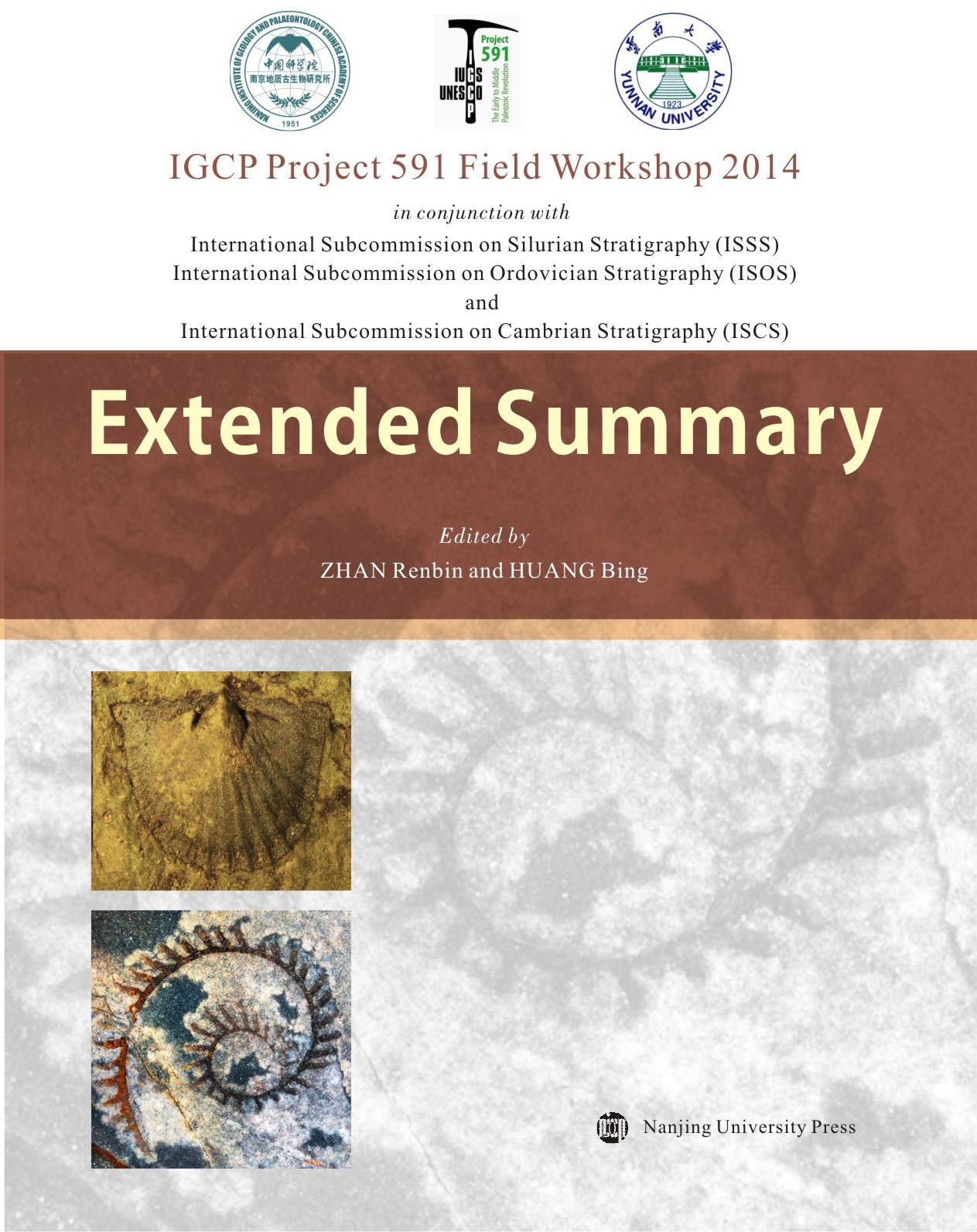IGCP Project 591 is dedicated to investigating the "Early to Middle Paleozoic Revolution". Indeed, the geological interval from Cambrian to Devonian was full of revolutonary events, both in the organic and inorganic realms, and their interactions, triggering the macroevolution of Earth ecosystems as well as the solid Earth itself. The well known Cambrian Explosion, the first macroevolutionary radiation of ecosystem, comprises several episodes from its prologue (represented by the Ediacara Biota), through the first (the Small Shelly Fauna) and the main stages (the Chengjiang Biota) to the epilogue (the Burgess Shale Fauna, the Kaili Fauna etc.). The great Ordovician biodiversification event (GOBE), i.e. the Ordovician radiation, spanned tens of million years, highlighted by several diversity acmes, and established the basic framework of the Paleozoic Evolutionary Fauna that dominated the marine ecosystems for more than 290 Ma. The end-Ordovician mass extinction was the first catastrophic event in life history. It is now known not to be ranked as one of the Big Five, and the marine ecosystem did not collapse at all during this mass extinction. None of these major biotic events are regional in scale, not to say local, although all of them were closely related with local, regional and global tectonic movements, paleogeographic and paleoclimatic changes and apparently some sedimentary innovations (e.g. the Substrate Revolution in Cambrian and Ordovician), as well as some other geological activities such as vocanic eruptions, comets collisions, Milankovich cycles, etc. To investigate these Early to Middle Paleozoic revolutionary events and their dynamics, geoscientists in the world need a common language, i.e. the GSSPs and the establishment of regional and global chronostratigraphic frameworks, which have been some of the major tasks of each Subcommission of ICS for several decades.

